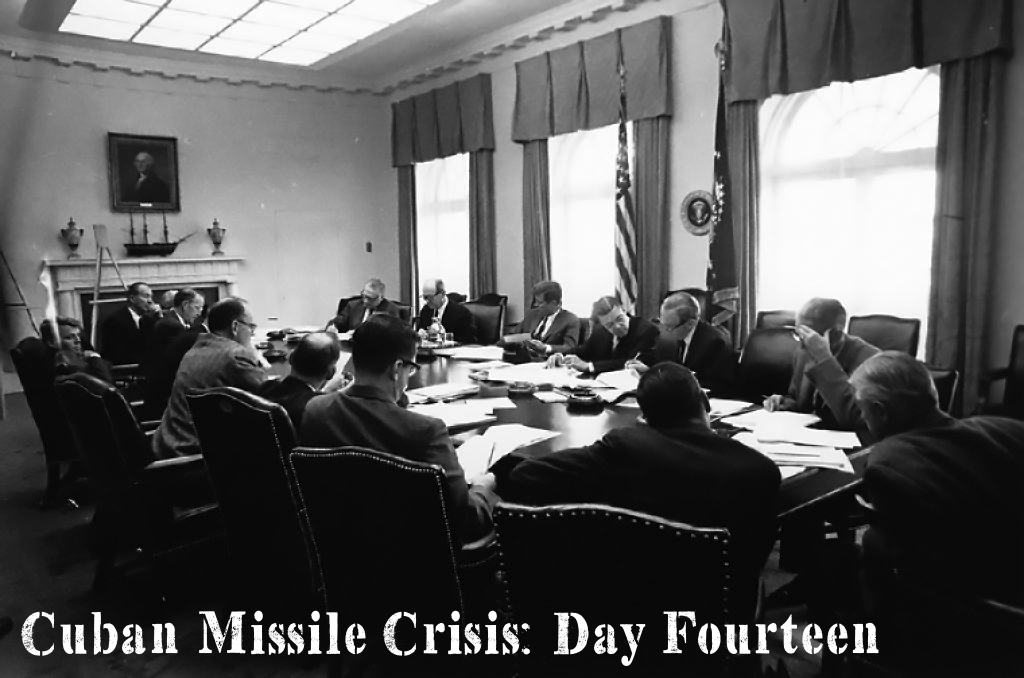Cuban Missile Crisis: Day Fourteen
Cuban Missile Crisis: Day Fourteen But you didn’t see this post coming, did you? Because everyone knows that the crisis only lasted for thirteen days. After… Read More »Cuban Missile Crisis: Day Fourteen
Cuban Missile Crisis: Day Fourteen But you didn’t see this post coming, did you? Because everyone knows that the crisis only lasted for thirteen days. After… Read More »Cuban Missile Crisis: Day Fourteen
